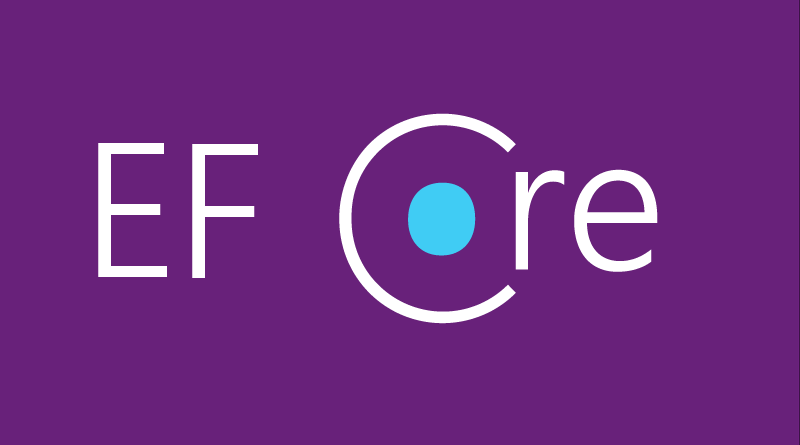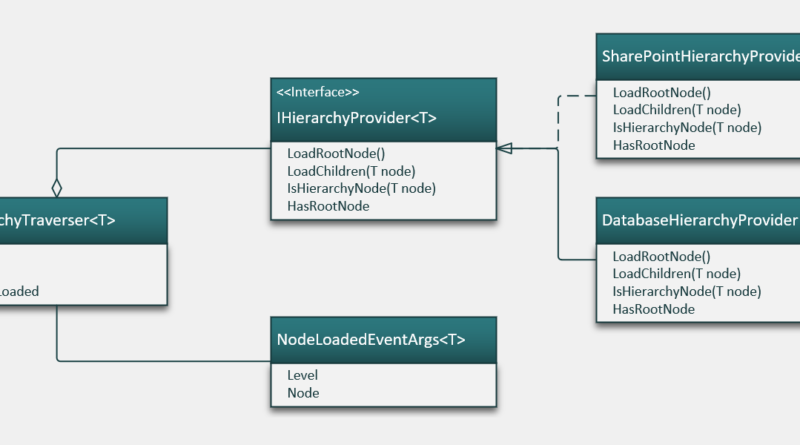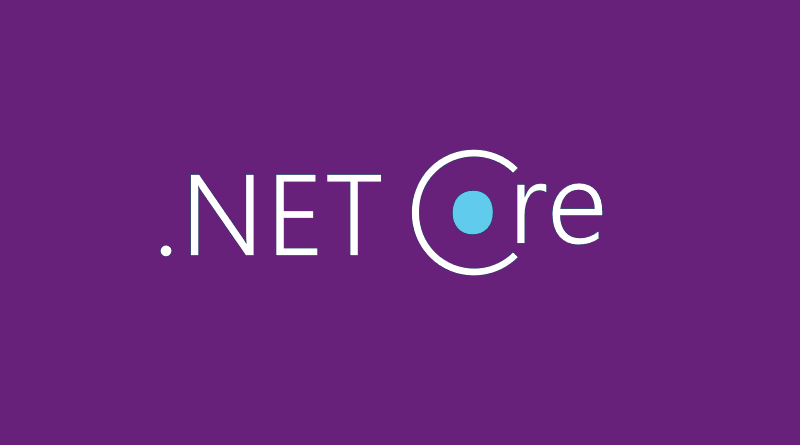Entity Framework Core supports constructors with arguments
Keeping objects complete and valid all the time is strategy used in different methodics. It’s perhaps most popular in Domain Driven Design (DDD). Entity Framework Core 2.1 made big step forward on supporting entities that doesn’t have default empty constructor. This blog post shows how to use Entity Framework Core and entities with constructor arguments.
Read more






